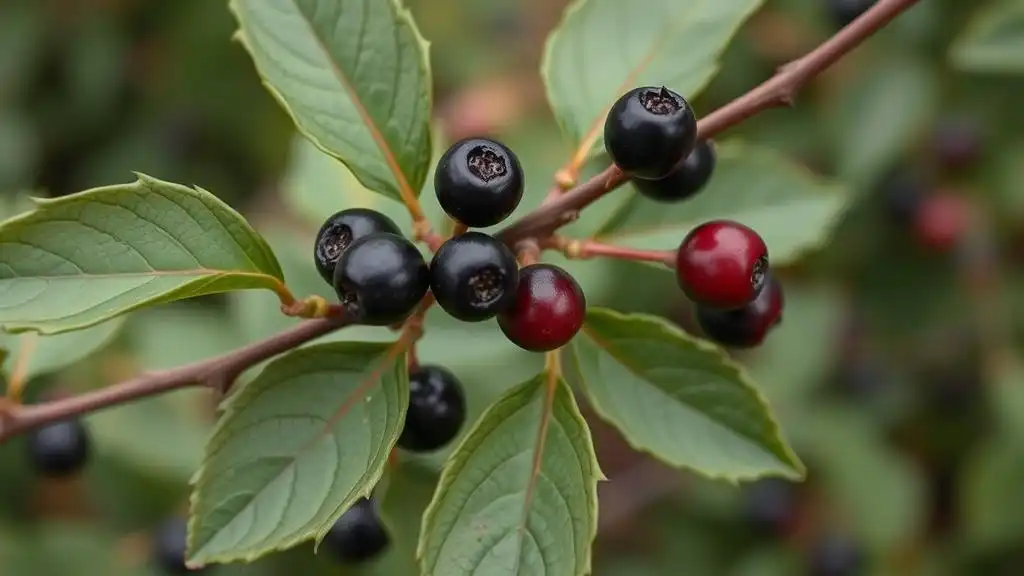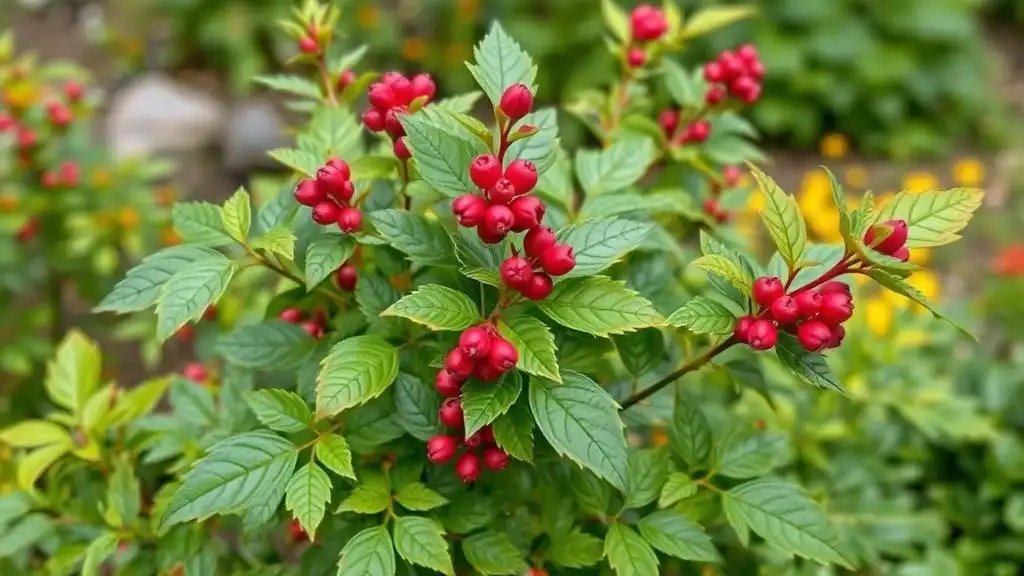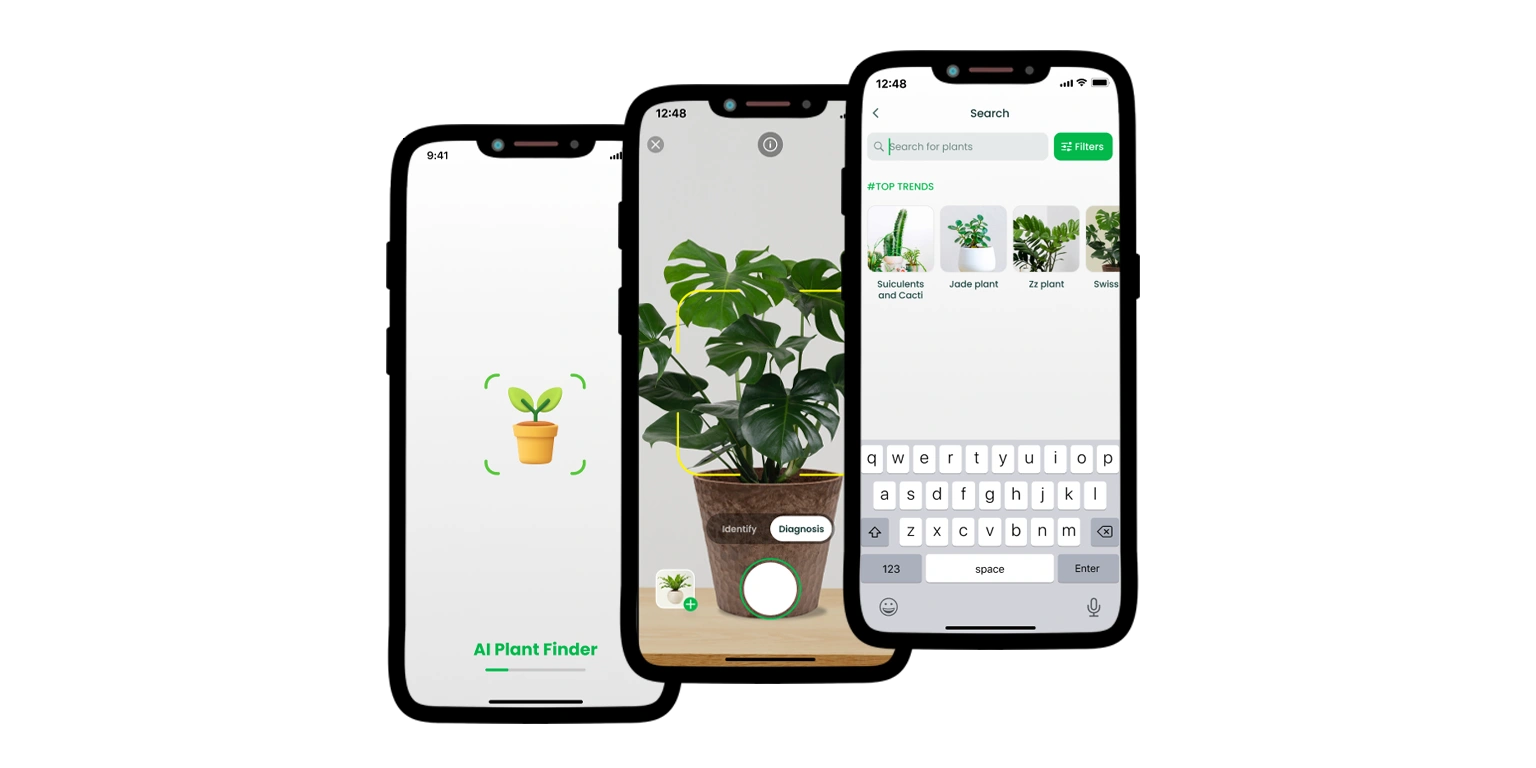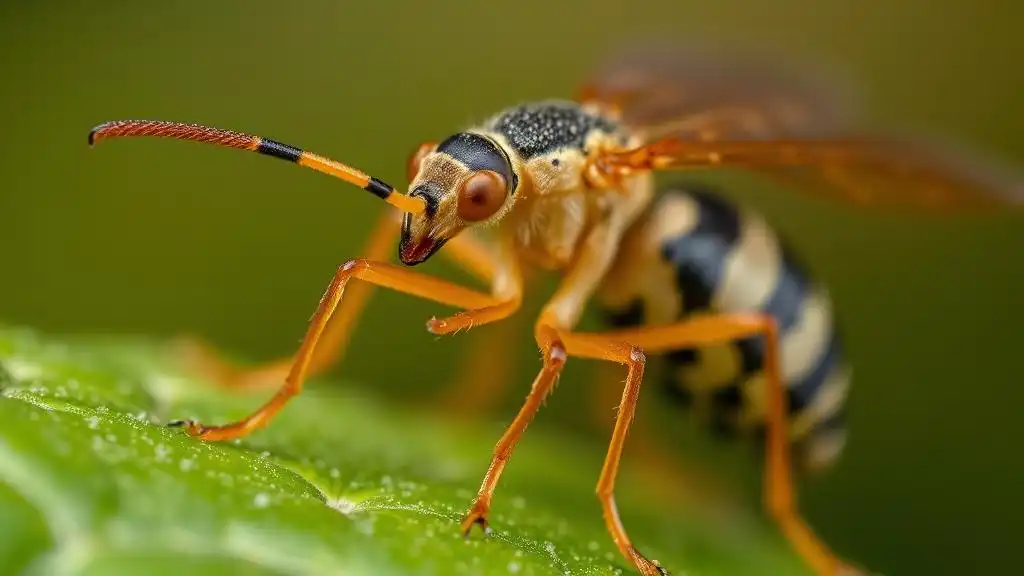Buckthorn Be Gone: Tips to Controlling Invasive Activity

When cultivating a lush and thriving garden, any unwelcome guest is a stress. While some plants may invade your greenhouse step by step, others spread their dominance in the wink of an eye. Buckthorn, notorious for posing formidable threats to the flora, animals, and humans, too, may eventually become a serious problem due to its uncontrollable nature and toxicity.
Contents:
When cultivating a lush and thriving garden, any unwelcome guest is a stress. While some plants may invade your greenhouse step by step, others spread their dominance in the wink of an eye. Buckthorn, notorious for posing formidable threats to the flora, animals, and humans, too, may eventually become a serious problem due to its uncontrollable nature and toxicity.
So, one may wonder, “How do I get rid of buckthorn but make it smooth?” There exist various sustainable techniques that may help you take control over aggressive greenery while keeping the garden healthy at the same time. With that being said, let us see how to manage buckthorn effectively and which tools to use on this challenging yet paying-off journey.

What Do Botanists Mean by Buckthorns?
In general, buckthorn is the name used to define a group of shrub species, with Common Buckthorn (scientifically known as Rhamnus cathartica) being the invasive type. In most cases, when one refers to buckthorns, they mainly mean this destructive sort, which has the potential to distress the environment and harm its inhabitants in the end.
Originally, the plant was native to Europe and some regions in Africa and Asia, though it was once introduced to North America as an ornamental creation for hedging purposes. Unfortunately for us, ordinary people, the plant soon became highly invasive, able to outcompete native vegetation and disrupt local ecosystems. Hence, the problem of controlling buckthorns or at least preventing its spread became acute.
Plant Detection First: How Do We Identify Buckthorn?
How do you kill buckthorn and where do you start? The first thing to do is always connected with correct plant identification so as not to harm innocuous species but promote the health of the whole garden instead. So, what are the main features of common buckthorn that distinguish this variety from other plants?
Growth Habits: When still from afar, one may pay attention to the general characteristics of a plant, such as its arrangement and size in particular. This shrub forms dense thickets up to 20 feet (or 6 meters) tall that instantly take over the territory and deplete the soil, making it impossible for other plants to receive adequate volumes of water, nutrition, and sunlight as well.
Leaves: Once you approach common buckthorn, you can easily notice its small deep-green leaves of oval or elliptical shape with toothed edges and glossy finish. In fact, as botanists assert, this plant is usually the first to produce leaves and the last to shed its foliage.
Branches: As its name suggests, the branches of common buckthorn may boast small, sharp thorns all over the plant body. When the branch is cut, one may see yellow sup oozing from the orange inner bark of a rough texture.
Fruits: By the end of the summer, the common buckthorn plant produces small, dark purple to black berries that grow in clusters. What is unique about this fruit is its toxic nature and laxative effect, which makes it even more invasive as the seeds do not manage to be digested by wild animals and birds. Do not consume buckthorn berries, for they may cause discomfort at best and severe health complications at worst.

Sincere Suggestions for Reliable Plant Identification
Do not trust your own skills? Never been in such a situation? To identify plants more accurately, one may rely on additional resources that are to become invaluable plant assistants for effective yet sustainable and respectful gardening. Since the industry dazzles with numerous solutions, be they scientifically proven or negligently designed, it might be hard to select what successfully meets your requirements and lets you fulfill your aspirations like never before.
Nevertheless, there exist platforms that can tell you more than initially expected, and AI Plant Finder belongs to this group indeed. Via the AI Plant Finder app, it gets easier to identify plants, even those of doubtful nature. This software is equipped with plant and disease ID that can be accessed via the Camera icon on the tab bar located on the main screen of the app.
As soon as the app receives high-quality photos, you instantly get comprehensive information about the identified plant species. These include toxicity level, habitat, growth patterns, care needs edibility, conservation status, and more. AI Plant Finder offers a great opportunity to explore the flora with full appreciation and ease.

Removal Strategies
Most gardeners claim that the battle against invasive plants is always hard and daunting. However, how you do get rid of buckthorn usually depends on your own skills, gardening proficiency, and available tools as well. Nevertheless, the difficulty of the process should not be underestimated. So, what are the main strategies aimed at controlling buckthorn's presence within an enclosed ecosystem?
Mechanical Removal
The most obvious technique to be employed is the mechanical removal of the common buckthorn shrubs. For small seedlings, hand pulling of a plant with its root system might be enough, while the bigger varieties (with a diameter of more than 0,5 inches) need digging and cutting with the use of special buckthorn removal tools, e.g., a forestry mower. Nevertheless, the latter is especially effective in combination with herbicides only.
Chemical Treatment
Since the common buckthorn plant is considered an aggressive shrub, it might be beneficial to utilize systematic herbicides, such as glyphosate or triclopyr, to prevent resprouting. Right after cutting, apply herbicide to the stump and take precautions to ensure it does not come into contact with your skin.
Biological Control
Some people may not be fond of the chemical approach, since it is considered harmful to the environment. Hence, one is free to try biological control methods, such as goat presence. As a rule, these animals feed on the buckthorn’s foliage and, thus, reduce its vigor in the end. In severe cases, though, goats cannot take full control over the plant, so explore other herb control options beforehand.
Since it may take some time to get rid of the common buckthorn on the first try, do not hesitate to repeat the procedure regularly and suppress the plant’s growth according to the instructions.
Restoring native plant communities is essential, and regular monitoring accompanied by proper plant identification can help safeguard your vegetation from severe complications and possible destruction, too.
Buckthorn is truly hard to manage, and many gardeners opt to hire professional landscapers who can effectively treat infested areas and remove this invasive shrub for good. Anyway, one is always free to decide whether to take on the challenge of controlling buckthorn and choose the strategy that best suits their needs.
Share:
Read More
Identify Any Plant, Diagnose Every Disease
Download Our App Now!

